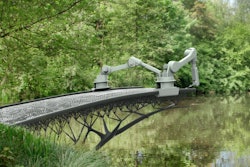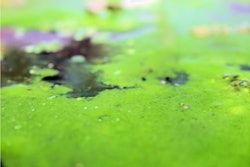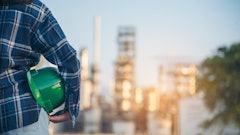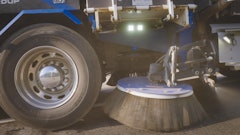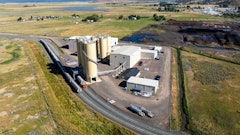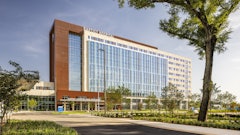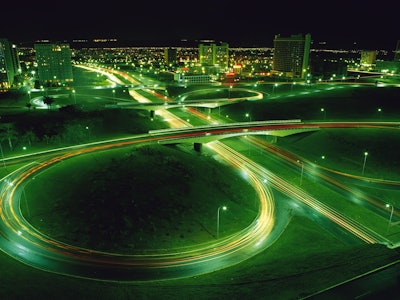
On the 46th annual Earth Day observance April 22, the men and women of the U.S. transportation design and construction industry remain committed to protecting the environment while also providing good jobs, economic development opportunities, and safe and efficient travel for the nation.
The American Road & Transportation Builders Association (ARTBA) and its 6,500 members work every day in partnership with state transportation agencies and other stakeholders to develop and use green technologies, innovative project design and construction techniques, cleaner-burning fuels, and intensive efforts to recover, reprocess and reuse materials.
The U.S. transportation construction industry annually recycles more than 100 million tons of asphalt, along with 15 million tons of fly-ash, which would otherwise be stored in landfills, according to government data. Less than 2 percent of total greenhouse gas emissions come from the entire U.S. construction industry, which includes the transportation sector.
Just last month, the U.S. Environmental Protection Agency issued a report touting how the Diesel Emission Reduction Act (DERA) has improved public health by removing more than 335,200 tons of nitrogen oxides and 14,700 tons of particulate matter from the air. ARTBA has been a consistent supporter of the DERA program, recognizing its ability to benefit both transportation construction and the environment.
Perhaps the best examples of where ARTBA member firms demonstrate their commitment to the environment are the infrastructure projects that Americans depend on every day:
- In Dayton, Ohio, the Montgomery County Engineer’s office, led by Paul Gruner, and Brumbaugh Construction Company, teamed up on a bridge replacement that widened sidewalks, improved a bike path, and added a turning lane to reduce air pollution
- In Raleigh, North Carolina, the 3.4-mile Sandy Forks Road widening project now under construction includes three bioretention areas to capture and filter runoff. RK&K is the consultant for the project, which is seeking “green design” recognition.
- In Andover, Massachusetts, engineering firm Louis Berger restored two 19th century stone arch bridges over the Shawsheen River. The project deployed “root wads,”—the bottom 15 feet of a tree trunk and root mass angled upstream in the river—to deflect energy from the river, protect the bank from erosion and create natural habitat.
- In New Jersey, Dewberry and the state DOT built the Route 3 bridge over Passaic River and incorporated a series of environmental protection techniques that led to the restoration of Dundee Island Preserve, which has a long history of underutilized shore properties and degraded water quality and ecology. By utilizing riparian mitigation measures, the team recreated a waterfront park, removed contaminated soil, built 20 retaining walls to minimize the disturbance of wetlands, planted new trees, added fishing platforms and rehabilitated a 90-year old sewer that crosses under Route 3.
- In Miami, during the construction of the Port Miami Tunnel, the Nossaman and Florida Department of Transportation project team took precautions to not disrupt the extensive seagrass beds which are a food source for native manatees, sea turtles and corals in Biscayne Bay. They included a sediment monitoring plan to dispose of waste materials in specially designed wells, a spoil material management plan to keep contamination from spoil materials within the Aquatic Preserve and required all in-water activities to shut down if a manatee was within 50 feet of work.
And that’s not all the good news. According to U.S. Department of Transportation data:
- Since the 1970s, emissions from motor vehicles considered harmful to human health and the environment have declined dramatically: carbon dioxide emissions are down 38%%, carbon monoxide emissions are down 62%%, and particulate matter emissions are down 50%%.
- Wetlands mitigation is at a rate of nearly three acres of wetlands restored for every one acre impacted.
ARTBA believes the ability of the public and private sectors to continue making environmental progress in the transportation arena is dependent, in large measure, on having reliable federal highway, public transit and bridge programs that provide states with the resources they need to make infrastructure improvements that add capacity, increase mobility, and therefore reduce emissions levels.
The five-year Fixing America’s Surface Transportation (FAST) Act of December 2015 supports federal-aid road and public transit programs and provides more transparency in the environmental review process. But, the law failed to provide a revenue fix for the beleaguered Highway Trust Fund.
Providing such a permanent solution remains the paramount transportation challenge for Congress to resolve before the FAST Act expires and will be critical to the ability of state governments to make future highway and transit investments that contribute to a “greener and cleaner” environment.


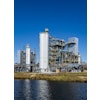
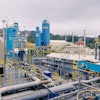

![[VIDEO] Volvo Urges Construction Industry to be Active Part of Sustainability Solutions](https://img.forconstructionpros.com/files/base/acbm/fcp/image/2016/04/default.5717a6c61d520.png?auto=format%2Ccompress&fit=crop&h=167&q=70&w=250)
